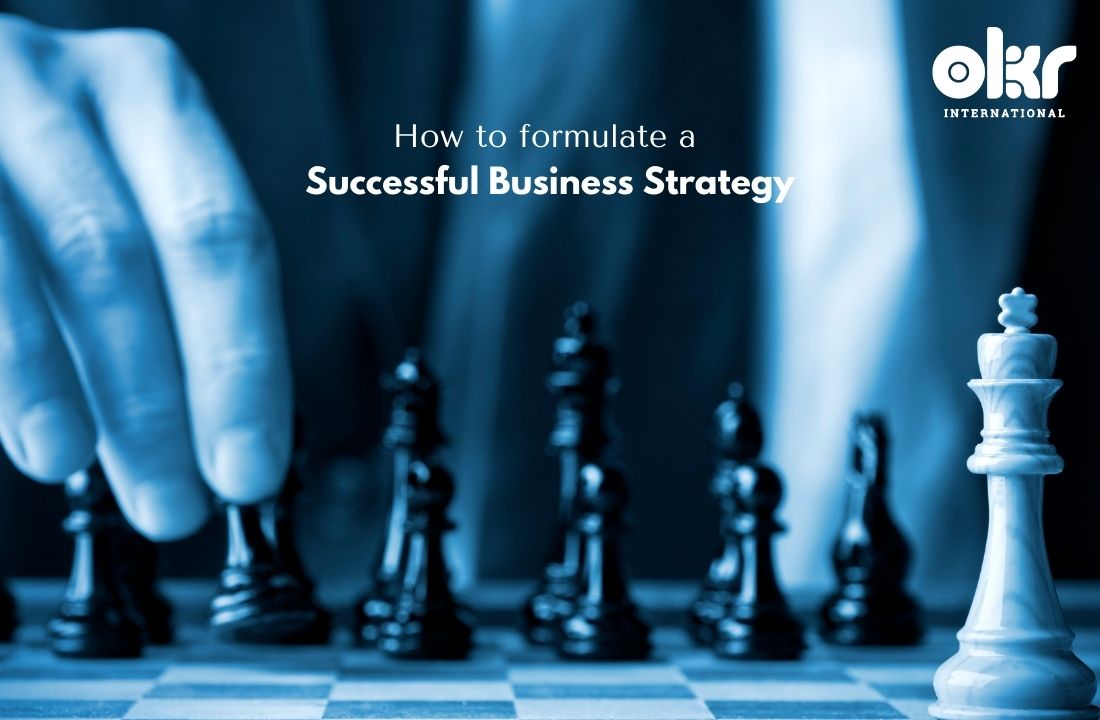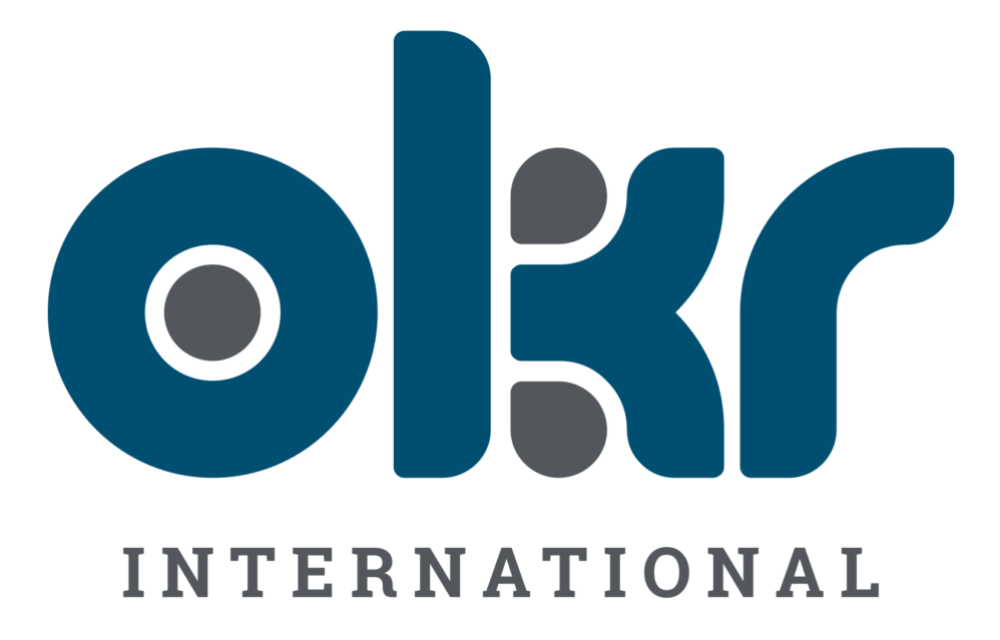How to Formulate a Successful Business Strategy
How to formulate a Successful Business Strategy, an enduring process within the structure of an organization, entails utilizing accumulated wisdom to sketch the intended trajectory of a business. This mechanism sets the stage for attention direction, prudent distribution of resources, harmonizing shareholders and workforce around objectives, all underpinned by empirical evidence and solid rationale.
The Etymology of Strategy
The origin of the word ‘strategy’ can be traced back to ancient Greece. It is derived from the Greek term ‘strategos’, meaning the art of the general. In its initial military context, the strategos, or the general, was tasked with leading and making decisions to ensure victory in battles.
The concept of strategy has significantly evolved since its early military use. In today’s world, the term ‘strategy’ is used widely beyond the battlefield. It’s employed in various fields such as business, sports, politics, and even personal development. Despite the diversity of its applications, the fundamental essence of the term remains the same – a comprehensive plan to achieve a certain goal.
Thus, the ancient roots of strategy subtly echo in its contemporary use. Whether it’s a military general planning to win a battle, a CEO devising a business growth plan, or an individual setting personal development goals, the common thread is a strategic plan designed to achieve a desired outcome. Now, we’ve answered the question of where the term ‘strategy’ comes from. But, what is strategy exactly in its modern context? Let’s delve deeper into this concept and learn more about how to formulate a successful business strategy.
Understanding Strategy: The Basic Definition
Strategy can also be defined as “A general direction set for the company to achieve a desired state in the future. Strategy results from the detailed strategic formulation and strategy mapping process”.
A strategy is a comprehensive plan that outlines how an organization or individual can achieve their desired goals in a dynamic, often competitive, environment. It includes the long-term vision and mission of an entity and how it intends to realize them. Crucially, strategy incorporates elements of anticipation, where possible scenarios and their responses are premeditated.
A salient advantage of strategic lies in its ability to produce a unified, future-centric vision, bringing your enterprise’s workforce and shareholders onto the same wavelength. By enlightening everyone about the company’s objectives, the rationale and the methodology for their selection, and how each person could contribute to their fruition, it fosters an elevated sense of obligation across the organization.
This leads to cascading positive effects. For instance, if a manager is unclear about the organizational strategy or the logic underlying its formation, their decisions could undermine it. Having a unifying vision in place ensures that everyone within the organization can operate with a grander strategy in consideration. This is the very essence before you begin to learn the ABCs of how to formulate a successful business strategy.
Components of a Successful Strategy
Before starting to learn how to formulate a successful business strategy, it is imperative to understand the key components of a good strategy map.
- Clear Objectives: The foremost step in creating a strategy is defining clear, measurable objectives. It could be related to growth, market penetration, revenue generation, or any other specific business goal.
- Understanding the Environment: This includes an exhaustive understanding of the market dynamics, customer behavior, competition, and other environmental factors that might affect the achievement of the strategic objectives.
- Resource Analysis: Resource analysis encompasses an evaluation of the existing resources and capabilities of an organization and determining how they can be optimally utilized to meet the set objectives.
- Action Plan: A detailed action plan articulates how the organization will apply its resources and navigate the environment to achieve its objectives.
Types of Strategies
Strategies can be classified into various types based on different parameters. Some of the common types include:
- Corporate Strategy: This high-level strategy is concerned with the overall purpose and scope of an organization and how value will be added to different parts of the business. For instance, Alphabet Inc.’s corporate strategy encompasses multiple businesses, including Google, YouTube, and Waymo, each adding value in its unique way.
- Business (or competitive) Strategy: This strategy focuses on how a business competes successfully in a particular market. It concerns strategic decisions about the choice of products, meeting customer needs, gaining a competitive advantage, exploiting or creating new opportunities, and so on. For example, Spotify’s competitive strategy involves differentiation through personalized music experiences.
- Functional Strategy: This strategy is concerned with maximizing resource productivity and addresses the question of how support functions such as marketing, human resources, and finance can contribute to competitive and corporate strategies. Coca-Cola’s marketing strategies, for instance, aim to reinforce its corporate and competitive strategies by maximizing brand visibility and appeal.
The presence of a strategic plan paves the way for progress tracking towards goals. With each department and team cognizant of your company’s broader strategy, their strides can significantly influence its success, fostering a top-down, bottom-up and interdependent approach to observing Objectives and Key Results (ORKs) as well as Key Performance Indicators (KPIs).
By articulating your company’s strategy and its objectives, you can outline OKRs & KPIs at an organizational level. Those objectives can then permeate business units, departments, teams, and individuals, ensuring every layer of your organization aligns and positively impacts your business’s OKRs & KPIs and eventually overall performance. However, remember, while your strategy may be expansive and structured, it must remain agile and flexible. How to formulate a successful business strategy will, ergo, depend on what kind of strategy you decide to focus on.
Examples of Successful and Unsuccessful Strategies
Successful Strategy: Netflix’s Transition to Streaming
Netflix’s decision to move from DVD rentals to streaming was a gamble that paid off remarkably. They observed the potential of the internet and took a strategic risk that catapulted them into becoming a leading global streaming service.
Unsuccessful Strategy: Kodak’s Failure to Adapt to Digital Photography
In contrast, Kodak’s downfall is a classic example of a failed strategy. Despite inventing the digital camera, Kodak failed to adapt its strategy and business model to the digital age, sticking to its film-based business model. This resulted in the company filing for bankruptcy in 2012.
A Step-by-Step Guide to Creating a Strategy
How to formulate a successful business strategy requires careful deliberation. There are several key steps involved in thies. The following steps outline a simple guide along with a working examples on how to formulate a successful business strategy:
- Identify Your Strategic Position: This involves understanding your business’s unique value proposition, its distinctive competencies, and the business environment.
- Gather and Analyze Information: Use tools such as SWOT analysis, PESTEL analysis, and Porter’s Five Forces to gain insights into your internal strengths and weaknesses, and external opportunities and threats.
- Develop a Strategic Vision: Based on the analysis, articulate a clear and compelling vision for the future.
- Craft the Strategy: Develop a set of strategic ideas that will allow you to achieve your objectives.
- Set Strategic Objectives: Translate the vision into measurable strategic objectives. Set OKRs: Instead of traditional goal-setting methods, use the OKR (Objectives and Key Results) methodology to translate the vision into actionable objectives and measurable results. An Objective describes what you want to achieve and the Key Results detail how to measure the progress towards the Objective. For instance, an Objective might be “Improve customer satisfaction”, and Key Results might be “Decrease customer response time to under 24 hours” and “Increase positive customer reviews by 20%”.
- Implement the Strategy: Allocate resources, assign responsibilities, and establish timelines to execute the strategic initiatives.
- Monitor and Adjust: Continually track your progress against the strategic objectives and make necessary adjustments to the strategy.
Strategy Formulation at EcoSip – A working example
Let’s create a strategy for a fictitious startup, “EcoSip,” a company that develops and sells environmentally friendly, reusable drinking straws.
1. Identify Your Strategic Position: EcoSip is a startup focused on providing an eco-friendly alternative to disposable plastic straws. Its unique value proposition lies in its high-quality, reusable straws made from sustainable materials like bamboo and stainless steel. The company’s distinctive competencies include its strong commitment to environmental sustainability, innovative product design, and direct-to-consumer e-commerce model.
2. Gather and Analyze Information: To gain insights into internal strengths and weaknesses, and external opportunities and threats, EcoSip uses the SWOT, PESTEL, and Porter’s Five Forces analyses. For instance, a SWOT analysis might reveal that EcoSip’s strengths include its unique product design and e-commerce platform, while its weaknesses may include its limited product range and brand recognition. Opportunities might be the growing consumer awareness towards eco-friendly products, and threats could be the intense competition and potential regulatory changes in e-commerce.
3. Develop a Strategic Vision: Based on these analyses, EcoSip formulates a clear vision: “To become a global leader in providing eco-friendly alternatives to common single-use items, starting with reusable straws, contributing significantly to reducing global plastic waste.”
4. Craft the Strategy: With these objectives in mind, EcoSip’s strategic initiatives might include investing in digital marketing to boost online visibility and sales, optimizing the production process to reduce costs, and conducting market research to identify potential new products.
5. Set Strategic Objectives: Translating this vision into measurable strategic objectives, EcoSip might set the following OKRs
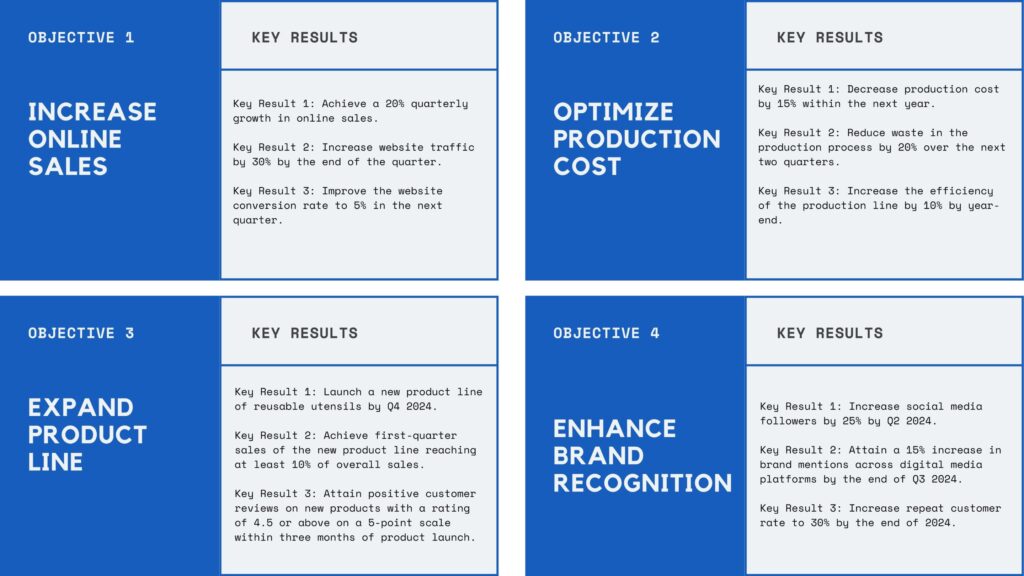
6. Implement the Strategy: During the implementation phase, EcoSip assigns a dedicated team to each strategic initiative, allocates necessary resources, and sets timelines. For instance, it might assign the marketing team to spearhead the digital marketing campaign, allocate a budget for process optimization, and set a deadline for the product expansion plan.
7. Monitor and Adjust: Lastly, EcoSip consistently monitors its progress towards the strategic objectives. Key Performance Indicators (KPIs) might include the quarterly sales growth rate, cost reduction percentage, and product development milestones. If progress is slower than expected, or if external factors change, EcoSip adjusts its strategy accordingly. For instance, it might revamp its marketing strategy if online sales do not increase as projected or expedite its product expansion plan if a new market opportunity is identified.
This example illustrates how the seven-step strategy creation process can guide a startup like EcoSip towards its business goals.

Tools and Techniques in Strategy Formulation
Understanding and applying the DNA of strategy equips businesses with the tools they need to journey confidently towards their goals in the ever-evolving world of business. Several tools and techniques are commonly used in strategy formulation:
- SWOT Analysis: Analyzes an organization’s Strengths, Weaknesses, Opportunities, and Threats.
- PESTEL Analysis: Evaluates the external factors—Political, Economic, Social, Technological, Environmental, and Legal—that impact an organization.
- Porter’s Five Forces: Examines an industry’s competitive forces—competition, new entrants’ threat, supplier power, buyer power, and substitute products’ threat.
- Boston Consulting Group (BCG) Matrix: Helps in portfolio management by categorizing business units into one of four categories based on market growth and market share: Stars, Cash Cows, Question Marks, and Dogs.
- Value Chain Analysis: Identifies areas of value creation and helps organizations create competitive advantage.
Focus on The Value Stick Model – a power too for strategy
The value stick is a visual representation of a value-based pricing strategy’s different components.
At the top of the stick is the value that’s been captured by the end consumer, called customer delight. In the middle is the value captured by the firm, called the firm’s margin. At the bottom of the stick is the value captured by the firm’s suppliers, called supplier surplus.
The value stick comprises four components: willingness to pay (WTP), price, cost, and willingness to sell (WTS). Where on the stick each of these points falls determines how a sale’s value is split between a firm, its customers, and suppliers.
The idea is to increase the value to the customer and decrease the company’s total cost, hence extending the value stick, which translates into increased profits. A longer value stick represents more economic profit, which translates into a sustainable competitive advantage. For instance, companies like Amazon and Apple have effectively employed the value stick model.
Amazon, through its Prime membership, provides enormous value to its customers with features like free shipping, exclusive deals, and access to an extensive library of movies, music, and eBooks. In return, Amazon charges a yearly subscription fee, which, given the value offered, is perceived as a fair trade by customers. Meanwhile, Amazon works relentlessly to decrease its costs through technological innovations and economies of scale, extending its value stick.
Apple, on the other hand, has revolutionized the smartphone industry with its premium iPhone range. Despite its high price, customers perceive immense value in terms of the brand’s reputation, innovative features, superior design, and seamless user experience. Apple’s robust supply chain and efficient production processes help keep costs in check, hence extending their value stick.
In summary, the value stick model underlines the fundamental principle that successful strategies are about creating superior value for customers while effectively managing costs. This model serves as a strategic compass that directs efforts towards extending the value stick, creating a sustainable competitive advantage.
FAQs on Business Strategy
A business strategy is essential as it provides a direction for a company to achieve its objectives, utilize resources efficiently, confront challenges, mitigate risks, and seize opportunities.
The frequency of reviewing a business strategy largely depends on the business environment’s stability. In highly volatile environments, it might be necessary to review the strategy quarterly or even monthly. In more stable environments, an annual review could suffice.
While the C-suite executives (CEO, CFO, COO, etc.) are typically responsible for setting the strategy, its successful implementation often requires a collective effort involving all organization members.
A business strategy typically includes: a clear statement of mission and vision; a situational analysis including SWOT (strengths, weaknesses, opportunities, threats); clearly defined business objectives; tactical plans outlining how objectives will be achieved; a plan for monitoring progress and adapting as necessary.
While the two are closely linked, they serve different purposes. A business model describes how a company creates, delivers, and captures value. On the other hand, a business strategy sets the overall direction for the business and includes a plan for deploying resources to meet specific goals within the framework of the business model.
A SWOT analysis can significantly benefit a business strategy by providing a clear picture of the internal (strengths and weaknesses) and external (opportunities and threats) factors that can impact a business. This knowledge is crucial in strategic planning, as it allows businesses to build on their strengths, address their weaknesses, capitalize on opportunities, and mitigate threats.
Effective communication is essential for the successful implementation of a business strategy. This can be achieved through multiple channels like presentations, meetings, written documents, and digital platforms. Consistent messaging, active engagement with employees, and clarity in the roles and responsibilities of all stakeholders can significantly enhance the communication process.
A strategic manager plays a crucial role in formulating, implementing, and reviewing business strategies. They are responsible for understanding the business environment, identifying strategic issues and opportunities, developing strategic objectives, and ensuring these strategies are communicated and implemented across the organization. They also monitor and measure the effectiveness of these strategies and make necessary adjustments.
Explore Our Range of Services
Bring Objectives and Key Results to your organisation with our tried & tested OKR Framework.

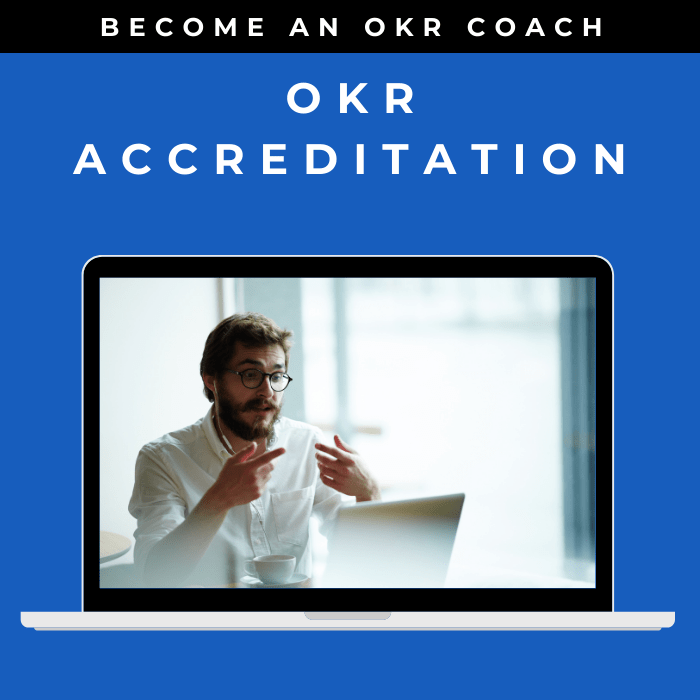
OKR International’s highly acclaimed Certified OKR Practitioner Program is the first and only OKR accreditation endorsed by ICF & HRCI for continuing education units.
OKR International helps leaders create the alignment, engagement and result orientation needed for growth by offering OKR Advisory services.


